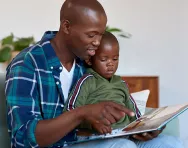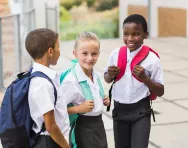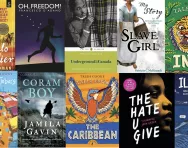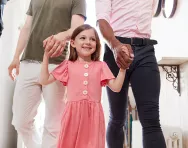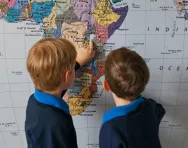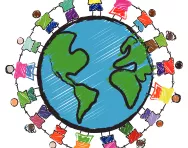Important update from TheSchoolRun
For the past 13 years, TheSchoolRun has been run by a small team of mums working from home, dedicated to providing quality educational resources to primary school parents. Unfortunately, rising supplier costs and falling revenue have made it impossible for us to continue operating, and we’ve had to make the difficult decision to close. The good news: We’ve arranged for another educational provider to take over many of our resources. These will be hosted on a new portal, where the content will be updated and expanded to support your child’s learning.
What this means for subscribers:
- Your subscription is still active, and for now, you can keep using the website as normal — just log in with your usual details to access all our articles and resources*.
- In a few months, all resources will move to the new portal. You’ll continue to have access there until your subscription ends. We’ll send you full details nearer the time.
- As a thank you for your support, we’ll also be sending you 16 primary school eBooks (worth £108.84) to download and keep.
A few changes to be aware of:
- The Learning Journey weekly email has ended, but your child’s plan will still be updated on your dashboard each Monday. Just log in to see the recommended worksheets.
- The 11+ weekly emails have now ended. We sent you all the remaining emails in the series at the end of March — please check your inbox (and spam folder) if you haven’t seen them. You can also follow the full programme here: 11+ Learning Journey.
If you have any questions, please contact us at [email protected]. Thank you for being part of our journey it’s been a privilege to support your family’s learning.
*If you need to reset your password, it will still work as usual. Please check your spam folder if the reset email doesn’t appear in your inbox.
Why children’s books need black, Asian and minority ethnic characters
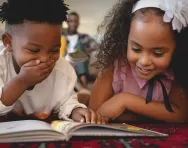
More children’s books are being sold in the UK than ever before – but how accurately do they represent the society we all live in?
According to research from the Centre for Literacy in Primary Education and the literacy charity BookTrust, fewer than 2% of children’s book creators are British people of colour. And not only are black, Asian and minority ethnic (BAME) authors and illustrators underrepresented in the children’s book market, but so are BAME kids themselves – only 15% of the children’s books published in the UK in 2020 feature characters of colour, though there is an encouraging year-on-year rise in representation in children's literature.
The Reflecting Realities research project also explains that although 33.9% of the UK's primary school population in 2020 had a minority ethnic background, only 8% of children’s books had an ethnic minority main character.
The percentage of fiction books which contain characters of colour published in 2020 remains the same as the percentage published in 2019.
An infographic about children's books in the USA, Diversity in Children’s Books 2018, created by Sarah Park Dahlen and David Huyck with statistics compiled by the Cooperative Children’s Book Center, School of Education, University of Wisconsin-Madison, suggests that children's books are more likely to feature animal or non-human characters than they are people of colour.
Huyck, David and Sarah Park Dahlen. (2019 June 19). Diversity in Children’s Books 2018. Created in consultation with Edith Campbell, Molly Beth Griffin, K. T. Horning, Debbie Reese, Ebony Elizabeth Thomas, and Madeline Tyner, with statistics compiled by the Cooperative Children’s Book Center, School of Education, University of Wisconsin-Madison
We asked Chitra Soundar, an Indian-born British author and storyteller based in London, why it matters that children encounter BAME characters in the books they read.
‘Every child should experience the joy of seeing themselves represented in books’
I recently visited a library in Kent to meet children from nearby schools, and there was one Indian child in a group of 90 – which is quite normal for most schools I visit across the country. He couldn’t hide his joy when I revealed that my stories are from India.
These moments make author visits worthwhile.
I witness this over and over again during my school visits: children experiencing the joy of finding themselves and their culture represented in books, like discovering an ice cream flavour they’ve never tried before.
Young children don’t consciously know they need representation in books. But if every primary school classroom had a bookshelf full of diversity, and every reading list was inclusive, every child in the class would experience the joy of seeing themselves represented in the books they read.
Growing up in India, I was brought up on a diet of adventure books from the West. I almost treated the Famous Five’s expeditions and Nancy Drew going to Honolulu as fantasies – things that I’d never ever be a part of.
Where I did see Indian characters in books, they were gods and legends, not ordinary kids like me.
If I had read children’s books like the Enid Blyton adventures I loved, but with Indian protagonists, I might have been open to exploring more of life’s adventures, instead of limiting myself to traditional choices. I might have become an author two decades sooner, rather than working for a bank, if I’d had role models to look up to.
Today when I visit schools, I see that children from Asian and Black backgrounds often write stories about white protagonists because, like me, they’ve never seen themselves in books.
When children don’t encounter strong BAME protagonists or only see BAME characters as sidekicks in books, they tend to apply what they see to real life. They assume adventures and saving the world are best left to their white peers.
Right from nursery age, children relate the characters in books to their own situations. So by not creating strong BAME protagonists, we’re denying these children the opportunity to build self-confidence, courage and leadership. They absorb the subconscious message, ‘you don’t belong here.’
White children also suffer when we don’t consciously offer different perspectives of our society through books. Without showing them diversity, we’re in danger of raising a future generation that fears differences and denies their BAME peers an equal place at the table.
From fiction to non-fiction, poetry to fairy tales, if every child read books featuring different ethnicities and cultures, it would open up new paths to walk on, avenues to explore and worlds to discover. And if every primary school teacher consciously looked for inclusive books, they would create classrooms that thrive on differences.
When I do assembly talks, I often make the children pronounce my name and they giggle, because it’s unfamiliar to them. Then I tell them the story of how I’m named after the brightest star of the day I was born, and that my name also means ‘painting,’ and they stop laughing and are eager to share their own stories about names. That is the power of stories: they can transform classrooms into engines of empathy.
Stephen King said, ‘Books are a uniquely portable magic.’ For that magical adventure to be relevant to all children, we need to share books that portray an inclusive cast of protagonists doing ordinary everyday things like celebrating birthdays, having a tantrum, worrying about a new sibling and being superheroes. This demonstrates to every child that we are all similar despite our obvious differences, and any one of us can be a hero in our own story.
Today’s young learners are tomorrow’s teachers, train drivers, doctors, scientists and parliamentarians. Adding a little diversity and empathy into their daily diet of stories will create a society where no one feels disadvantaged or held back by their ethnicity, and where we celebrate differences instead of ignoring or vilifying them.
Chitra’s books are published in the UK, Europe, Asia and North America. She often visits schools and libraries to teach creative writing and tell stories.
Book recommendations supported by BookTrust Represents, a project created to promote children’s authors and illustrators of colour, reflecting the increasing diversity of families in the UK.
12 of the best books featuring BAME characters
Age 3-6
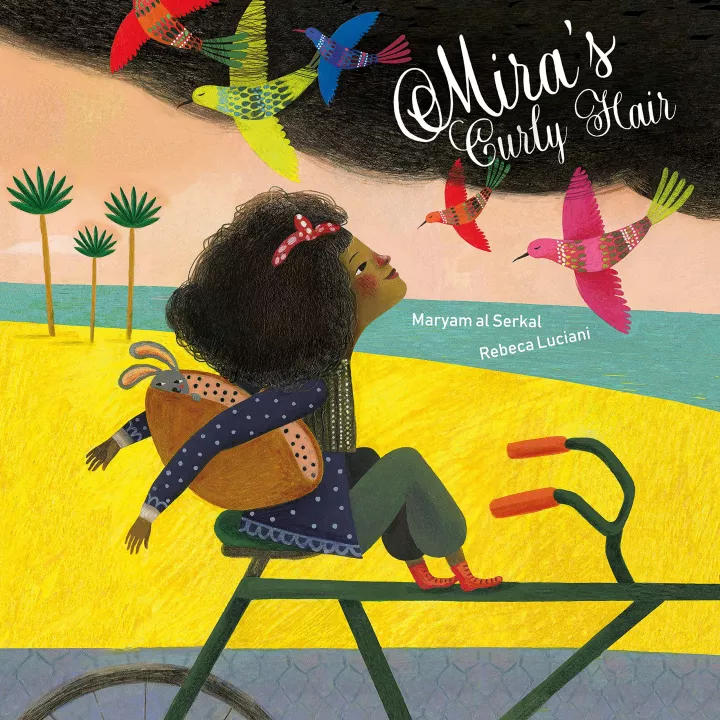
Mira’s Curly Hair by Maryam al Serkal
The little girl’s desire to be like her mother is touching, and the concept that differences should be celebrated rather than supressed is an important message to communicate to young children.
Age 7-10

Sam Wu is Not Afraid of the Dark by Katie and Kevin Tsang
Sam has proved that he is the bravest kid in his school (although his sworn enemy Ralph still calls him ‘Scaredy-Cat Sam’). Now it’s up to him to protect everyone against all types of attacks and survive the class camping trip.
Age 7-12
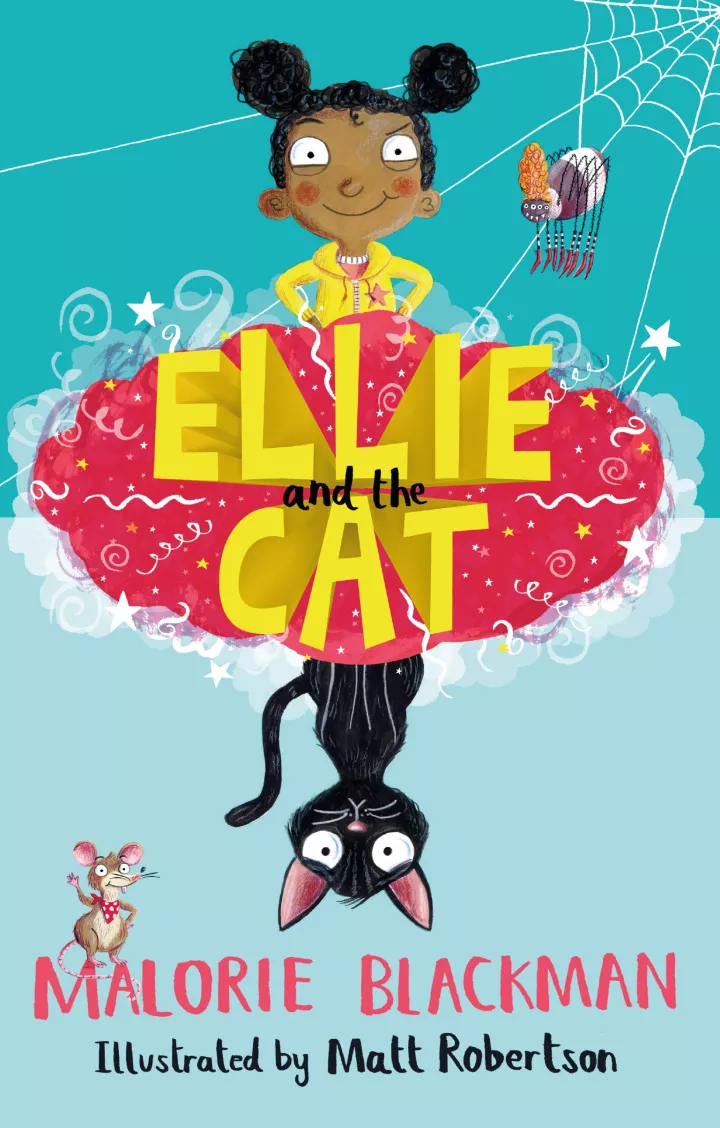
Ellie and the Cat by Malorie Blackman
When she’s turned into a cat, we get to see Ellie for who she really is behind the sadness of missing her dad, while she’s given the chance to make some unusual new friends and ultimately find a place to belong.
Age 8-12
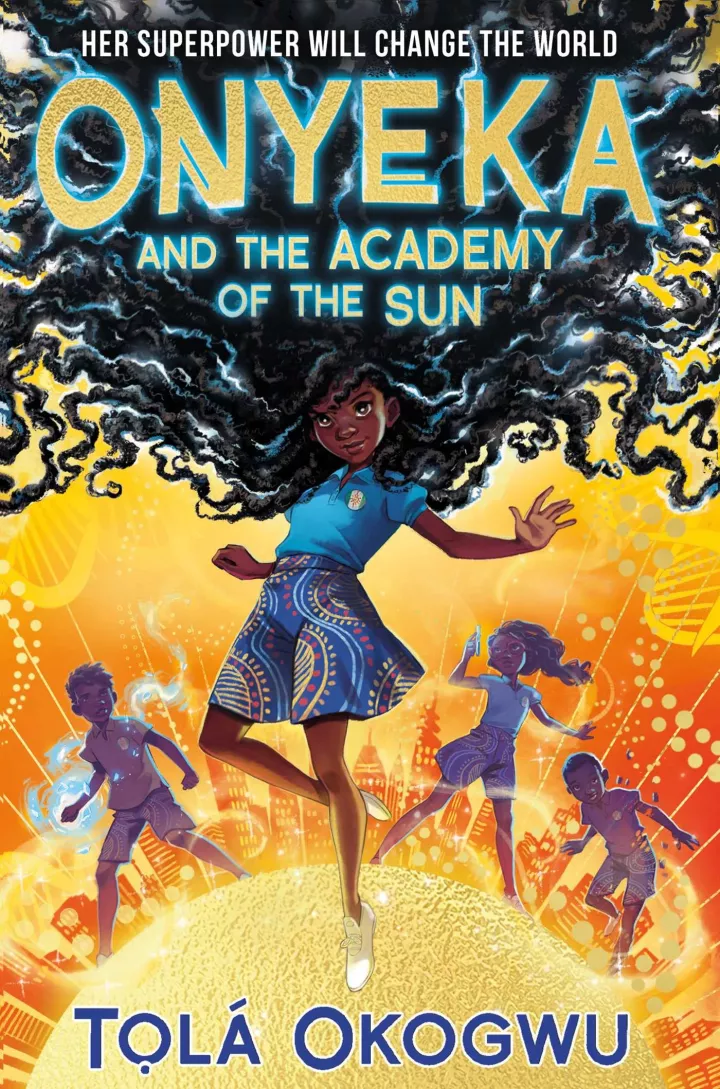
Onyeka and the Academy of the Sun by Tola Okogwu
An action-packed superhero series about a British-Nigerian girl who learns that her Afro hair has psychokinetic powers. At the Academy of the Sun, a school for children with superpowers, Onyeka trains to fight in an epic battle between truth and lies.
Age 8-11
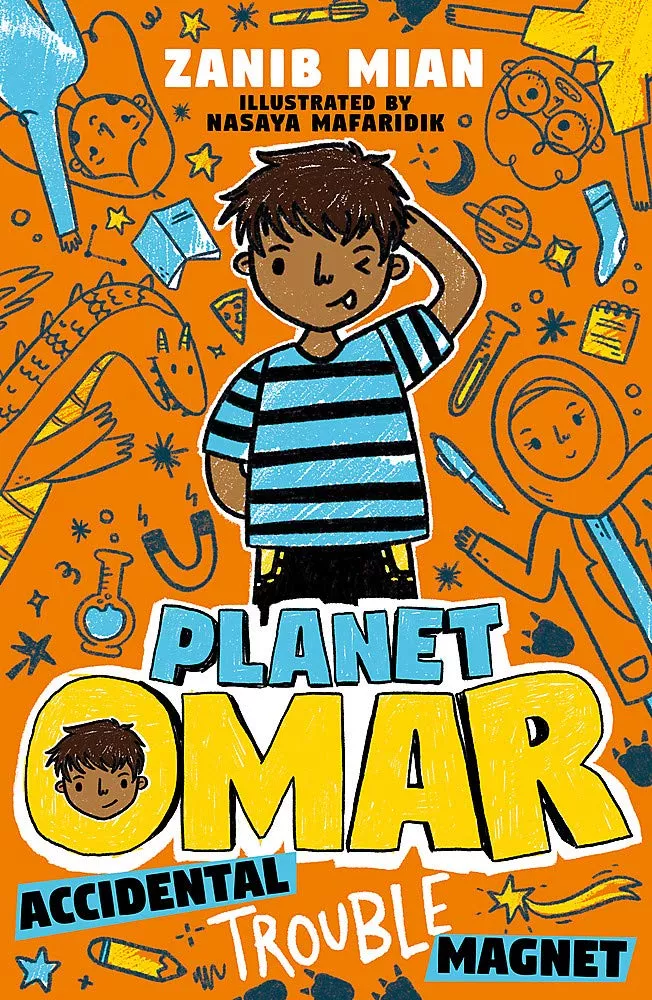
Planet Omar – Accidental Trouble Magnet by Zanib Mian
Planet Omar has all of the everyday family drama and silly humour of Tom Gates, and it's wonderful to read a funny book for kids featuring a Muslim family. Book 2 (Unexpected Super Spy) and Book 3 (Incredible Rescue Mission) in the Planet Omar series are also available.
Age 9+
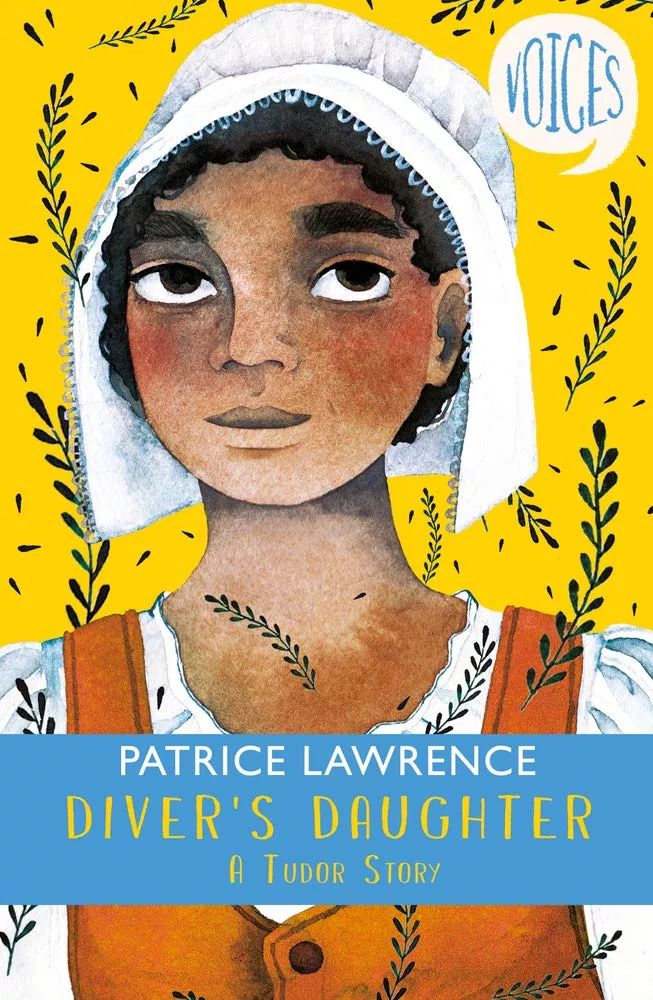
Diver’s Daughter – A Tudor Story by Patrice Lawrence
Based on the story of an African diver Jacque Francis in Tudor times, the story of Eve and her mother brings to life the harsh reality for people of colour living in Elizabethan times.
Age 9-11
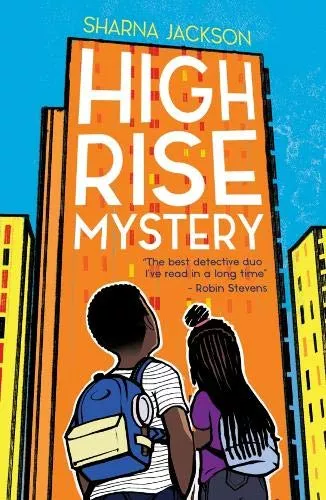
High Rise Mystery by Sharna Jackson
Nik and Norva are totally lovable detectives to root for in this fast-paced, hilarious and exciting story.
Age 10+

Young, Gifted and Black by Jamia Wilson
Meet 52 icons of colour from the past and present in this collection of stories about strong, courageous, talented and diverse men and women: the perfect read to encourage, inspire and empower children young and old.
Age 10-13

Aru Shah and the Song of Death by Roshani Chokshi
Packed with humour, wisdom and a satisfyingly twisty plot, this story will take confident readers on a magical journey.
Step inside your own story
Anyone can be the author, illustrator or star of a story. Why not take part in the British Library's Step inside your story initiative, which celebrates diversity in children’s books, to find out for yourself?
Look through resources from renowned writers, poets, illustrators and storytellers, including Mara the storyteller, Joseph Coelho, Zanib Mian, Sandra Agard and Allen Fatimaharan, then learn how to make your own concertina book about yourself.

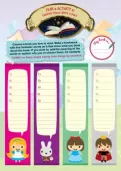
Claim A FREE Book Reviews Activity Pack!
- A huge collection of reading comprehension & creative writing resources
- Explore texts, deepen understanding, share opinions
- For Year 1 to Year 6







